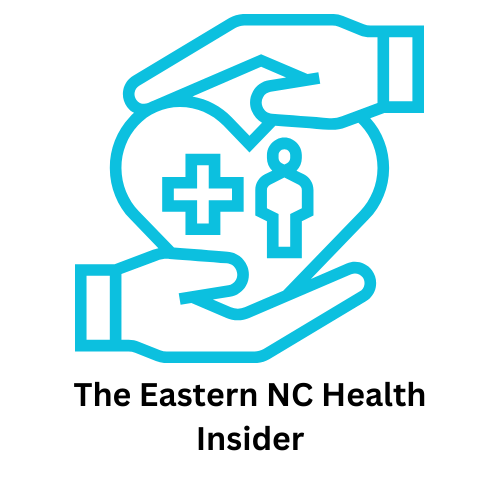
Understanding Shingles: The Basics
Shingles, also known as herpes zoster, is an infection that causes a painful rash. It is caused by the varicella-zoster virus, the same virus that causes chickenpox. After a person has chickenpox, the virus can remain dormant in the nervous system and reactivate later in life, leading to shingles. This condition can be especially dangerous for older adults, who may experience more severe pain and complications.
The Importance of Vaccination
The shingles vaccine is a vital tool in preventing this painful condition. Recommended for adults aged 50 and older, the vaccine not only reduces the risk of developing shingles but also minimizes the severity of the illness should it occur. Reports indicate that vaccination can lower the risk of shingles by upwards of 90%. This is significant, considering that approximately 1 in 3 individuals will develop shingles at some point in their lives.
How the Shingles Vaccine Works
The shingles vaccine is an inactive form of the virus, designed to stimulate the immune system without causing the disease itself. This immunization helps the body recognize and combat the virus if it reactivates. Health experts recommend either Shingrix or Zostavax, with Shingrix being the preferred option due to its stronger efficacy and longer-lasting protection. It's administered in two doses, given several months apart to maximize the immune response.
Debunking Common Myths About the Shingles Vaccine
Despite the overwhelming evidence supporting vaccination, misconceptions persist. One common myth is that the vaccine causes shingles. In reality, the vaccine lowers the risk significantly. Another prevalent misconception is that it's only necessary for seniors; however, younger adults should also be aware that they can contract shingles, especially those with weakened immune systems.
Recognizing the Symptoms of Shingles
Understanding the signs of shingles is crucial for early treatment. Symptoms may include a tingling sensation, itching, sensitivity to touch, and a painful, blistering rash that typically appears on one side of the body. If these symptoms are experienced, it is essential to consult a healthcare provider promptly to begin potential antiviral treatments.
Current Trends in Vaccination Rates
As health consciousness surges among adults aged 35-55, vaccination rates for shingles are steadily increasing. Data from the CDC show that vaccinations among this demographic have jumped by over 20% in recent years, underscoring the growing recognition of preventative health measures in this age group. Engaging in regular health screenings and vaccinations can contribute significantly to proactive health management, enhancing both quality of life and longevity.
Future Predictions for Shingles Vaccination
Looking ahead, health experts anticipate continued advancements in vaccine technology that may lead to even more effective strategies for shingles prevention. With the ongoing research into better vaccines and treatment options, it’s essential for individuals to stay informed about their health and vaccination status.
Take Charge of Your Health Today
If you or someone you know falls within the recommended age group, consider discussing the shingles vaccine with a healthcare professional. Staying informed, understanding the benefits, and taking preventive actions can help protect against shingles and maintain overall health.
 Add Row
Add Row  Add
Add 




 Add Row
Add Row  Add
Add 

Write A Comment